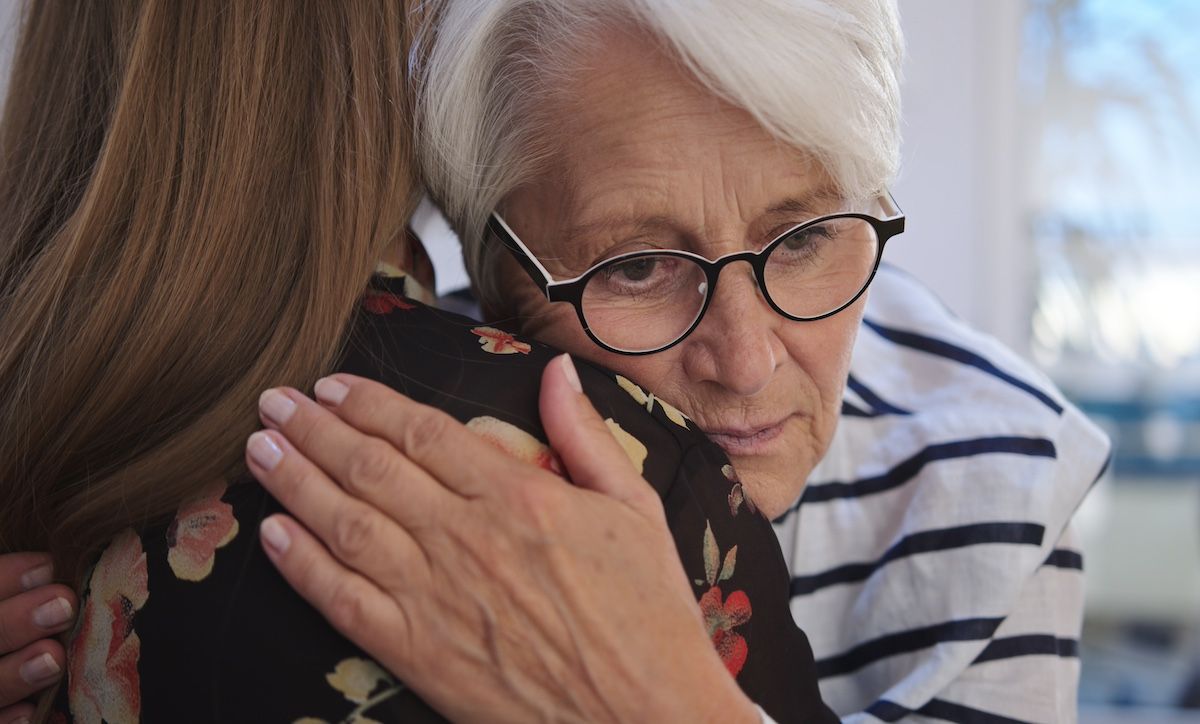News
Article
Financial Strain, Quality of Life Top Unmet Needs in Lung Cancer Survivors
Author(s):
The data for this analysis on survivors of lung cancer came from Johns Hopkins Sidney Kimmel Comprehensive Cancer Center thoracic oncology clinics.
Among survivors of lung cancer, worsened financial toxicity and quality of life (QOL) accounted for the greatest unmet needs among this patient population, according to new findings published online today in JAMA Network Open.1
Johns Hopkins Sidney Kimmel Comprehensive Cancer Center thoracic oncology clinics provided the data for this analysis, and the investigators conducted their study between December 1, 2020, and September 30, 2021; data were then analyzed from May 9 to December 8, 2022. Physical, social, emotional, and medical needs were considered in addition to financial toxicity and QOL. To evaluate their study population (N = 232), the investigators used a Mayo Survey Research Center needs survey, the Comprehensive Score for Financial Toxicity (COST) measure, and the European Organization for Research and Treatment of Cancer QLQ-C30 QOL scale.
The median (IQR) patient age was 69 (60.5-75.0) years, and 62.1% were women, 71.1% were married, and 74.1% self-reported a White race/ethnicity; 14.2%, Black; and 11.6%, Other. Patients could be included if they were a survivor beyond a year from their diagnosis and no matter the cancer stage.
Reduced QOL and greater financial toxicity had associations with patients having a higher total of unmet needs (both P < .001): β (SE), −1.37 (0.18) and β (SE), −0.33 (0.45), respectively. In addition, when patients had more unmet physical (β [SE], −2.66 [0.98]), social (β [SE], −3.60 [1.34]), and medical needs (β [SE], −2.66 [0.98), their QOL was worse (all P = .01), while a higher level of financial toxicity was only linked to greater social needs (β [SE], −3.40 [0.53]; P < .001).
Eighty percent of the study participants had private insurance with or without Medicare; 57.3% were retired; 11.6% had a change in employment status after their diagnosis; 67.2% had an annual household income exceeding $75,000; and 87.1% noted some college education. Lung adenocarcinoma, stage III/IV disease, and from 1 to 5 years since diagnosis to study participation were also reported in 83.6%, 60.3%, and 71.5%, respectively.
Median EORTC Global Health Status/QOL score was 66.7 (50.0-83.3). Through univariate analysis, being unemployed (58.3 [50.0-66.7]; P = .01); being a current or former smoker (66.7; [50.0-83.3]; P = .03); receiving radiation (66.7 [50.0-83.3]; P = .03), chemotherapy(66.7 [50.0-83.3]; P = .005), or immunotherapy (66.7 [50.0-83.3]; P = .02); receiving 1 or more lines of systemic therapy vs no systemic therapy ( 66.7 [50.0-83.3]; P = .02); and receiving therapy within 1 year vs more than1 year (66.7 [50.0-75.0]; P = .03) were all linked to lower QOL.
Multivariate analysis showed that higher total physical (P = .02), medical (P = .01), and social needs (P = .02) were independently associated with lower QOL.
Median overall COST score was 28 (22-34), and through univariate analysis, the study investigators found that being younger than 65 years (25 [20-32]; P = .01); having an annual household income below $30,000 (21 [17-26]; P = .003); being unemployed (24 [15-29]; P = .006); ever having received radiation (27 [20-32]; P = .001) and chemotherapy (27 [20-32]; P = .047); receiving 1 or more lines of systemic therapy compared with none (27 [21-33]; P = .001); receiving active therapy (26 [20-32]; P = .02); receiving therapy with palliative intent (26 [20-33]; P = .02); and higher total unmet, physical, social, emotional, and medical needs (all P < .001) were associated with a greater degree of financial toxicity.
Lung cancer is the third most common cancer, but the leading cause of cancer-related deaths in the US | Image Credit: CameraCraft - stock.adobe.com

In multivariate analysis, independent associations were seen between financial toxicity and receiving radiation (β [SE], −2.23 [1.06]; P = .04), total social needs (β [SE], −3.40 [0.53]; P < .001), income below $30,000 vs above $75,000 (β [SE], −8.23 [4.75]; P < .001), income of $30,000 to $75,000 vs above $75,000 (β [SE], −2.60 [2.79]; P < .001).
The authors explained that their analysis stemmed from the unmet need of comprehensive information on the survivorship journey of patients who have had lung cancer, even with this cancer being the third most common in the US and the top cause of cancer-related death. Plus, treatment advances see more patients with lung cancer surviving at least 5 years beyond their diagnosis.
“Although our findings do not elucidate the causal relationship between unmet needs and QOL, we identified potentially modifiable factors that can be explored for future targeted intervention to improve QOL,” they wrote.
In addition, they highlighted that the high overall burden of total unmet needs appears to fill a larger role in financial toxicity that previous research indicates. Potential solutions to this include multidisciplinary financial navigation from a team that includes financial counselors, social workers, and nurse navigators, as well as evaluating therapy costs in future studies among patients who receive these on an indefinite basis.
“Overall, our findings suggest that unmet needs are associated with QOL and financial toxicity and highlight the potential for targeted interventions that address these needs to improve QOL and financial toxicity among survivors of lung cancer,” they concluded. “Based on our findings of unmet needs and potential interventions to improve QOL and FT and on prior research including recommendations per the National Comprehensive Cancer Network survivorship guidelines, we propose a survivorship framework adapted from Nekhlyudov et al2 for survivors of lung cancer.”
References
1. Hsu ML, Boulanger MC, Olson S, et al. Unmet needs, quality of life, and financial toxicity among survivors of lung cancer. JAMA Netw Open. Published online April 17, 2024. doi:10.1001/jamanetworkopen.2024.6872
2. Nekhlyudov L, Mollica MA, Jacobsen PB, Mayer DK, Shulman LN, Geiger AM. Developing a quality of cancer survivorship care framework: implications for clinical care, research, and policy. J Natl Cancer Inst. 2019;111(11):1120-1130. doi:10.1093/jnci/djz089





